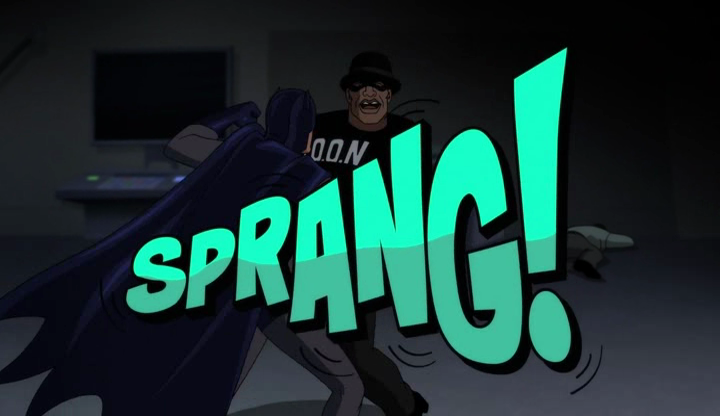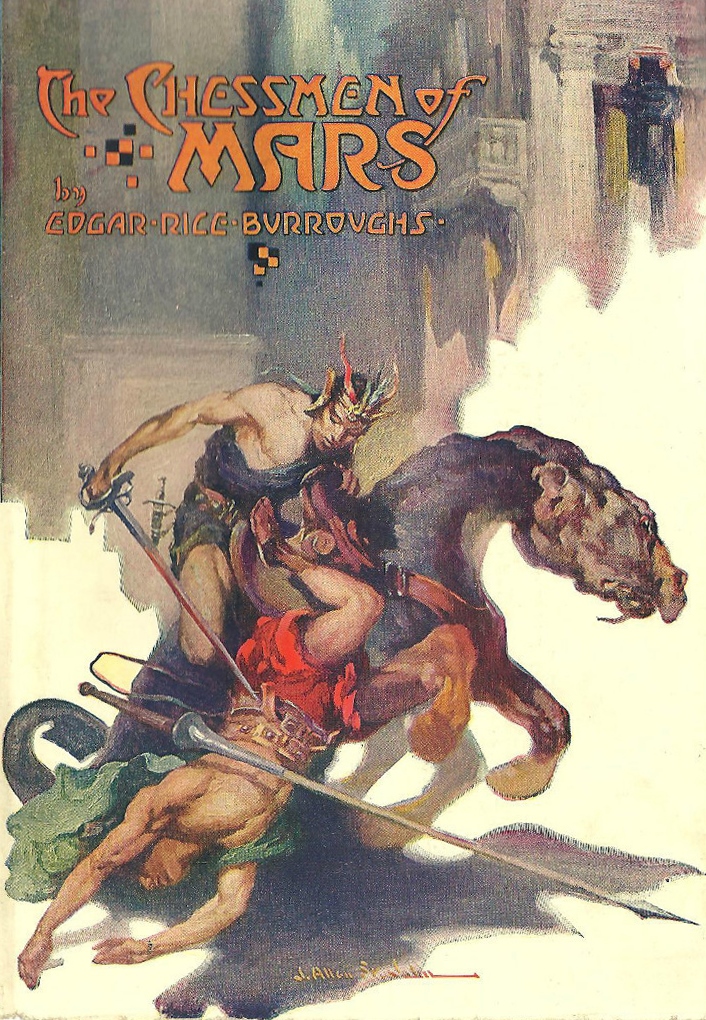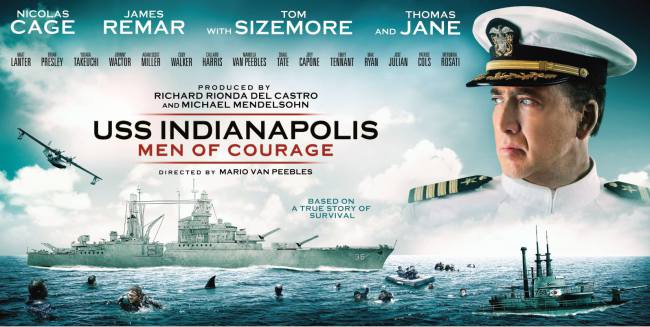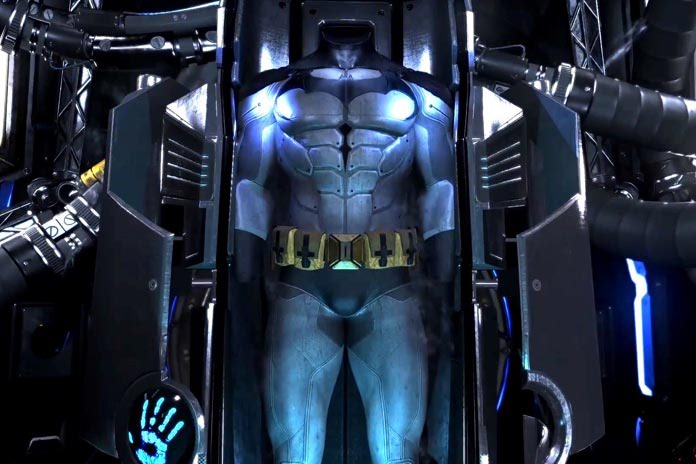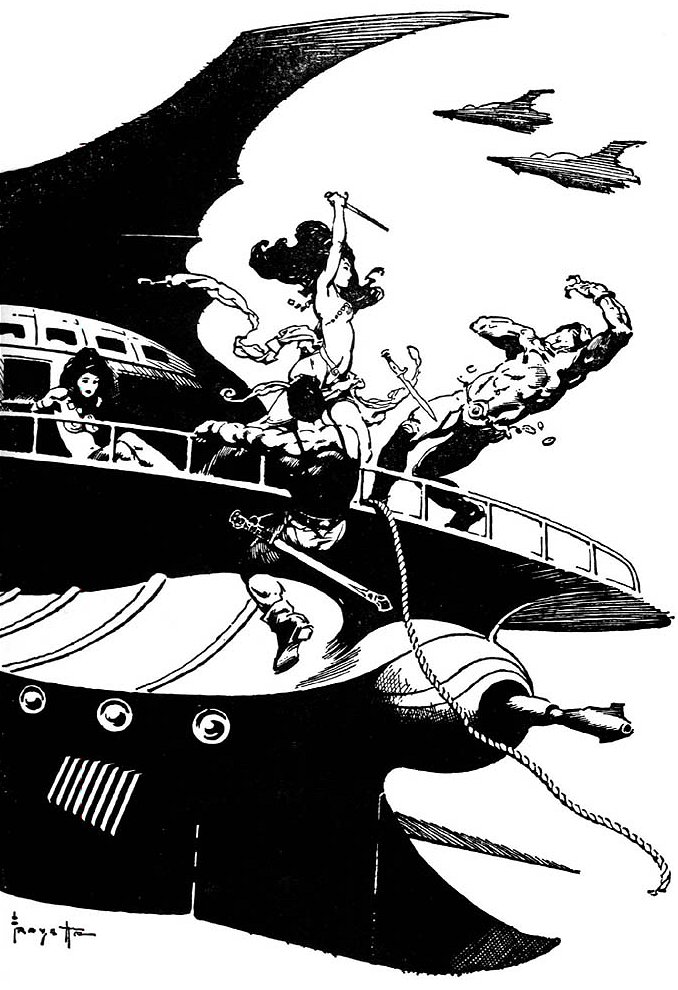
“
Congratulations John Carter, it’s a girl!” In the fifth
Barsoom novel we are introduced to another Princess of Mars in the form
of Tara of Helium, daughter of John Carter and Dejah Thoris, and a girl
voted most likely to be kidnapped.
The Chessmen of Mars was first published in serial form in the page of
Argosy All-Story Weekly in 1922 and continues the adventures of the Carter family, but where
Thuvia, Maid of Mars was more about John Carter’s son than its titular character
The Chessmen of Mars spends a good deal of time with Princess Tara, and not just the male hero bent on saving her.
This
book strangely begins with Burroughs going back to the story narrative
device of having John Carter telling this adventure to his earthbound
nephew, this made easier as he’s now learned to teleport between
planets. His nephew had been playing chess so Carter decides to describe
the Barsoomian version of chess called jetan, and this leads to the
story in question where we learn that aside from their son Carthoris our
hero had a second child in the form of Tara of Helium, a woman whose
beauty even rivals her mother’s. Tara is your standard princess, one who
has been raised in privilege and becomes quite put out when things
don’t go her way, and when her betrothed Djor Kantos, son of her
father's best friend, spends too much time flirting with another woman
she becomes rather irate. Then to make matters worse a gorgeously
dressed Gahan, Jed of Gathol asks her to dance, and when this
overdressed popinjay boldly proclaims, "
Tara of Helium, I love you!" she is offended by such effrontery.
Now
I’m all for the notion of love at first sight but dude maybe wait until
the second dance before announcing the fact. Thus begins the “will they
won’t they” love story that runs through
The Chessmen of Mars; Tara proclaims to her slave, “
I hate him!”
but we know eventually love will conqueror all, even over the piqued
ire of a princess, but before we get into further discussion of the love
and adventure that enfolds in this book lets address one strange issue,
and that is she has a slave. In Burroughs books the concept of slavery
is often dealt in peculiar fashions; in the Tarzan books slave traders
were constantly grabbing natives to sell into slavery but Tarzan himself
only really got involved if it was in his territory or he had a
personal connection to the enslaved, and in the Barsoom books John
Carter is warlord of a society where slavery is a way of life.
The
subtle difference in slavery on Barsoom versus slavery on Earth is that
on Barsoom it doesn’t involve an oppressed minority, any of the
numerous races Barsoom can be enslaved, and slaves are mostly obtained
as spoils of war. How the slaves in a particular city or country are
treated is apparently the important thing for the reader to know. In the
palace of John Carter slaves are treated simply as unpaid servants
while later we visit other countries where slaves are forced to fight in
cruel barbaric games or worse. Of course Tara’s maid is your standard
slave who loves her mistress so much she actually turns down freedom to
stay with her, Tara is very much a proto-Scarlett from Gone with the
Wind, and Gahan of Gathol, this books male protagonist, and Tara’s Rhett
Butler, talks about how the slaves of his country work in the mines but
they can eventually earn their freedom. I guess that’s better than
nothing, but I think for most readers the kneejerk reaction to slavery
being “
It’s wrong and evil” will be at odds with heroes laissez-faire attitude towards such concepts.
Note: The Chessmen of Mars was published in 1922 containing a spirited slave owning protagonist by the name of Tara, while
Gone with the Wind
was published in 1936 and the slave owning protagonist in that book
lives on a plantation called Tara. Coincidence, or was Margaret Mitchell
a fan of Burroughs?

What
makes this book stand out as one of the best of the genre are the two
different societies our heroes run into; the first being the horrifying
Kaldane. When Tara decides to take her personal flier up to explore some
threatening storm clouds, not something I’d consider doing but then
again I’m not a princess, she is quickly caught up in the turbulent
winds and is carried to the far off land of Bantoom where she encounters
the horrific race known as Kaldane. When she lands her damaged flier
she first spots headless “humans” bumbling aimless around, but then she
sees two figures emerge from the nearby cities, but though the bodies of
these creatures match the headless one in appearance these ones have
hideous heads that are out of proportion to their perfect bodies. We
later learn that the heads are a separate entity and belong to the race
called Kaldane, they are almost all head but for six arachnoid legs and a
pair of chelae.
The Kaldanes have a symbiotic relationship with
the headless bodies that Tara first spotted; known as Rykors this
species is composed of a body similar to that of a Red Martian but
lacking a head, when the Kaldane places itself upon the shoulders of the
Rykor a bundle of tentacles connects with the Rykor's spinal cord,
allowing the brain of the Kaldane to control its motor nerves and
sensory nerves. Should the Rykor become damaged or die the Kaldane
simply leaves that body and climbs upon another. The Kaldane are all
about the mind and use the Rykor as both a mode of transportation and
food. They have no emotions as they’ve achieved pure intellect, but when
a Kaldane by the name of Ghek hears Tara sing something is awakened in
this one particular Kaldane.

Tara
is a unique Burroughs female character as she is much more involved in
the story than her predecessors, even though Gahan is the hero who will
slay dozens of enemies with his flashing sword to save the woman he
loves, we don't get Tara just sitting around waiting to be rescued. When
she learns her singing could win over one of the Kaldanes she uses this
knowledge to prevent herself from being turned into dinner. On numerous
occasions in this book a villain will try to “taste” her wares and
instead die at the end the blade she keeps hidden on her person. Thuvia
of Ptarth may have had the cool ability to control Barsoomian lions but
Tara being able to keep her virtue intact with nothing but a hidden
knife is more impressive in my opinion. If it wasn’t for her strength of
character, and the friendship she develops with Ghek, when Gahan
eventually arrives to save her they would never have escaped.
It’s
when Tara, Gahan, and Ghek flee Bantoom that we encounter the titular
characters of this book; when our heroes land in the hopes of finding
food and water they are eventually captured by the inhabitants of the
isolated city of Manator. This society consists of regular Red Martians
but their culture isn’t as scientifically advanced as say that of say
Helium or Gathol, but this hasn’t stopped them from developing a
civilization based heavily on slaves taken from those places. As they
don’t have fliers or ray guns this means that they have to be sneakier
when it comes to taking slaves, thus they rely on hit and run raids on
caravans from Gathol, leaving no survivors to say what happened. They
then use these slaves for the various usual purposes one would have for a
slave, but also to be pieces in their notorious living chess games. In
their version of jetan/chess they use game not only for entertainment
but for settling disputes as well, but because this game is played with
people it is a rather dangerous and bloody affair.

The
people of Manator are also big on mind games, when Gahan and Ghek are
imprisoned the two awake to find themselves in cells with open doors,
but with one leg manacled to a wall and the key to the manacle sitting
on a table just out of reach. Unfortunately for the Manatorians you
really shouldn’t try playing head games when opponent who is just a
head. Ghek has a lot of fun screwing with his captors; at one point he
detaches his head to scurry down a rat hole looking for food and when
one of the jailers looks into see a headless groping body around he
totally freaks out, but when the guard returns with help they see Ghek
back on his “body” calmly waiting for them. Ghek continues to mess with
these guys until eventually they believe him to be an evil spirit,
unfortunately this results with his companions being painted with the
same brush and they are all sentenced to death.
Note:
Another interesting aspect to Manator life is their treatment of the
dead. When our heroes are first brought into the city they notice crowds
of people looking on from numerous balconies, but for crowds they all
seem very still and very quiet. In the halls of the palace there are
even more nobles and soldiers that stand perfectly still and completely
silent. Later Tara and Gahan discover that these “people” are actually
corpses and have been expertly preserved by a taxidermist. Why a society
would populate its streets and palaces with cadavers is beyond me, but
it's vaguely similar to Lotharians, from the previous book
Thuvia, Maid of Mars, who populated their streets with mental projections.
The Chessmen of Mars
is has all you could expect from a planetary romance story; a beautiful
but feisty princess (the king of Manator sentences her to be gang raped
in the games for being too outspoken and being “She-banth” as he called
her), the hero is honorable and unbeatable in combat, and once again
the woman cannot proclaim her love for the hero because she is betrothed
to another. In fact for the bulk of the book Tara doesn’t know that the
man she is with is the selfsame popinjay she spurned at the beginning
of the book. When she first sees Gahan within the walls of the Kaldane
city he’s no longer resplendently garbed, having fallen overboard from
his flier while looking for Tara during the same storm that sent her on
her way, so he decided to take on the nom de plume of a mercenary to win
her love that way as she’d earlier rebuffed the advances from him when
he was a prince.

Will
true love win out over such adversity? Can our hero survive in the
arena of the deadly Martian chess game? How many attempted rapists will
Tara have to stab? All these answers and more can be found in the action
packed pages of fantastic tale called
The Chessmen of Mars



